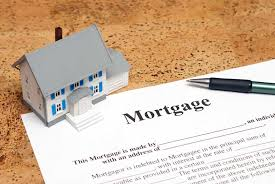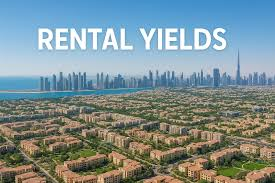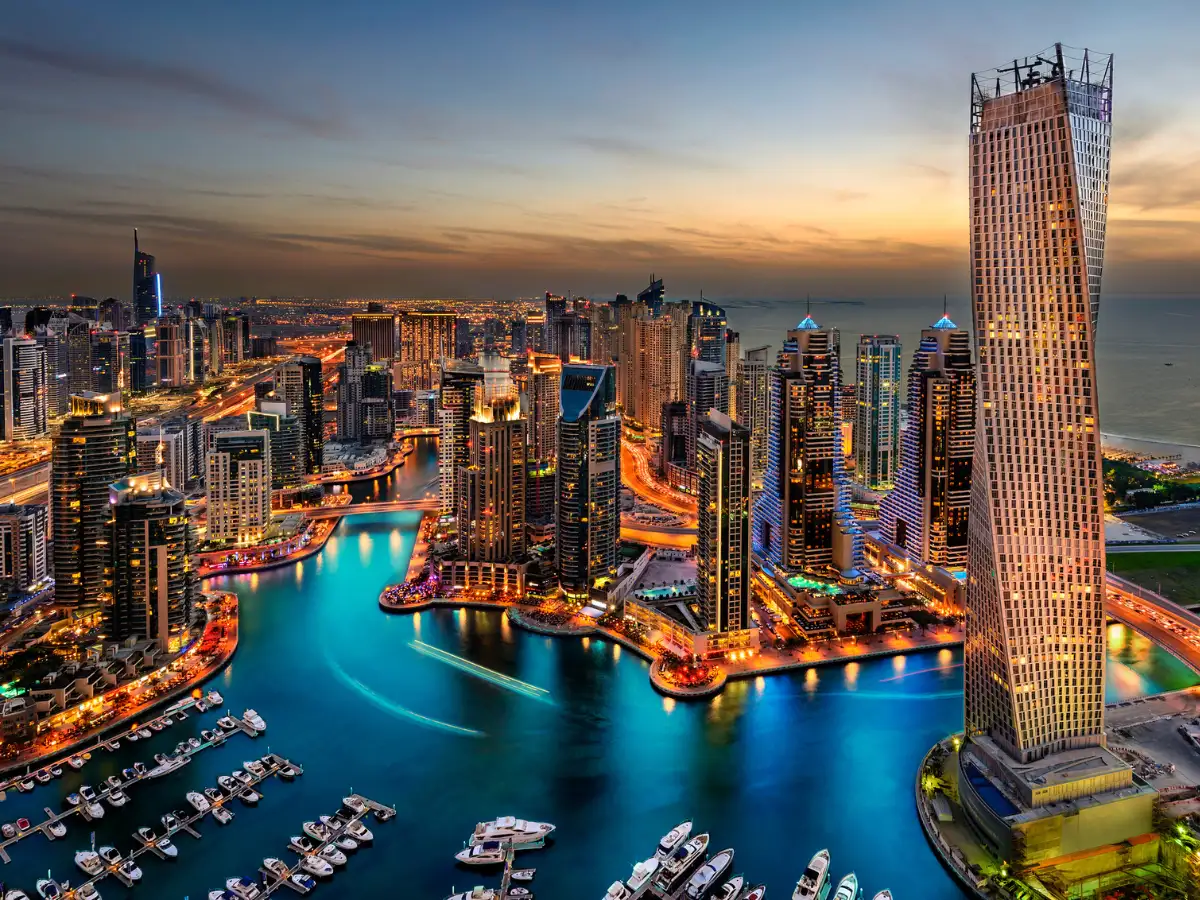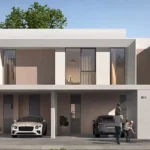Now Reading: 6 Crucial Tips for Navigating Mortgage Rules Safely in 2025
-
01
6 Crucial Tips for Navigating Mortgage Rules Safely in 2025
6 Crucial Tips for Navigating Mortgage Rules Safely in 2025

Table of Contents
Dubai’s real estate market, valued at AED 761 billion ($207 billion) in 2024 with 170,992 transactions (up 40.3%), remains a global investment hub, per X posts. In Q1 2025, 111 sales exceeded AED 10 million ($2.7 million), driven by high-net-worth individuals and expatriates.
With rental yields of 6–11% in prime areas like Dubai Marina and no capital gains tax (CGT), Dubai outperforms U.S. markets like Miami (4–6%). Mortgages, regulated by the Central Bank of the UAE (CBUAE) and Dubai Land Department (DLD), are critical for 60% of buyers, per web data. U.S. investors, leveraging Golden Visa eligibility (AED 2 million investment), must navigate complex mortgage rules to secure financing safely.
This article outlines six crucial tips for navigating Dubai’s 2025 mortgage landscape, with U.S. tax considerations, without external links.
Understanding Dubai’s Mortgage Framework in 2025
The CBUAE’s Mortgage Regulations (2023, updated 2025) cap loan-to-value (LTV) ratios at 80% for UAE nationals and 75% for expatriates on properties under AED 5 million ($1.36 million), with 20% down payments for Golden Visa-eligible purchases (AED 2 million). Interest rates, linked to EIBOR (3.5–4% in 2025), average 4–6% for 25-year terms, per Emirates NBD. Non-residents face stricter debt-service ratios (DSR) of 50% of income. U.S. investors benefit from tax-free gains and 9% Corporate Tax (CT) above AED 375,000 ($102,000), offset by IRS credits, but must ensure compliance with DLD and IRS rules.
6 Crucial Tips for Navigating Mortgage Rules Safely

1. Understand LTV and Down Payment Requirements
Expatriates, including U.S. investors, face a 75% LTV cap for first properties under AED 5 million, requiring a 25% down payment (AED 500,000 for a AED 2 million apartment). For second properties, LTV drops to 60%, per CBUAE rules.
- Why It Matters: Ensures affordability; a AED 2 million Downtown Dubai property (6–7.5% yields) requires AED 500,000 upfront, impacting cash flow.
- U.S. Tax Consideration: Down payments adjust property basis for IRS Form 8949; mortgage interest deductible on Schedule A if primary/secondary residence.
- Action: Save 25–40% of property value; target Emaar’s off-plan units in Dubai Marina, verifying DLD mortgage eligibility.
2. Maintain a Strong Debt-Service Ratio (DSR)
CBUAE mandates a DSR below 50% of monthly income for non-residents, covering all debts (mortgage, loans, cards). A $10,000 monthly income limits total debt payments to $5,000, including a AED 7,000 ($1,900) mortgage.
- Why It Matters: Prevents over-leveraging; banks like Emirates NBD reject applications exceeding DSR, delaying purchases in high-yield areas like Palm Jumeirah (7–9%).
- U.S. Tax Consideration: Report rental income on IRS Form 1040, Schedule E; debt payments not deductible unless business-related.
- Action: Reduce U.S. debts before applying; provide six months’ bank statements to RERA-registered lenders.
3. Choose Between Fixed and Variable Rates Wisely

Fixed-rate mortgages (4.5–5.5% for 5–10 years) offer payment stability, while variable rates (EIBOR + 1–2%, ~4–6%) fluctuate. Fixed rates suit short-term investors; variable rates benefit long-term holders expecting EIBOR drops.
- Why It Matters: Fixed rates protect against rate hikes in Business Bay investments (6.5–8% yields); variable rates lower costs if EIBOR falls.
- U.S. Tax Consideration: Mortgage interest deductible on IRS Schedule A for residences or Schedule E for rentals; track rate changes for IRS records.
- Action: Compare offers from Mashreq and HSBC; lock fixed rates for AED 1.5 million JVC properties (7.5–8.5% yields).
4. Verify Developer and Property Eligibility
Mortgages are restricted to DLD-registered properties and RERA-approved developers like Emaar and Nakheel. Off-plan properties require 50% completion for financing, per 2025 rules, with escrow accounts mandatory.
- Why It Matters: Ensures legal security; unapproved properties in Dubai Hills Estate (5–8% yields) risk loan denials, delaying Golden Visa applications.
- U.S. Tax Consideration: Escrow payments adjust basis on IRS Form 8949; report assets over $50,000 on Form 8938.
- Action: Confirm developer status with DLD; target RERA-registered off-plan units in Dubai Silicon Oasis (8–9.5% yields).
5. Account for Additional Mortgage Costs
Beyond down payments, expect 4% DLD transfer fees (split with seller), 2% bank processing fees (AED 10,000–20,000), and 0.25% mortgage registration fees. Total costs for a AED 2 million property reach AED 100,000 ($27,000).
- Why It Matters: Impacts ROI; unbudgeted fees reduce net yields in Al Furjan (8–9%) by 0.5–1%.
- U.S. Tax Consideration: DLD and registration fees capitalize into property basis for IRS Form 8949; processing fees non-deductible.
- Action: Budget 6–8% of property value; negotiate seller contributions for Nakheel’s Jumeirah Islands units.
6. Ensure Compliance with AML and IRS Reporting
CBUAE’s AML rules require KYC checks and source-of-funds proof for mortgage approvals, with fines up to AED 500,000 for non-compliance. U.S. investors must report UAE income and assets to the IRS, facing penalties up to $10,000 for non-filing.
- Why It Matters: Non-compliance delays financing for Downtown Dubai properties (6–7.5% yields); IRS violations risk fines.
- U.S. Tax Consideration: Report income on Form 1040, CT credits on Form 1116, assets on Form 8938 ($50,000+), and accounts on FinCEN Form 114 ($10,000+).
- Action: Hire RERA-registered advisors like KGRN; maintain U.S. and UAE bank records for AML and IRS audits.
Key Considerations for U.S. Investors
- Risks:
- Oversupply: 76,000 units in 2025 may soften non-prime prices by 5–10%, but prime areas remain resilient.
- Rate Hikes: EIBOR increases could raise variable rates by 0.5–1%, impacting DSR.
- Market Correction: Fitch predicts 10% non-prime price drops by 2026, offset by 5–8% prime growth.
- Tax Compliance: UAE’s 5% VAT on commercial properties and 9% CT apply above AED 375,000. IRS requires Form 1040, Form 1116, Form 8938, and FinCEN Form 114.
- Regulatory Compliance: DLD and RERA mandate mortgage registration; AML non-compliance risks AED 500,000 fines.
- Currency Stability: AED pegged at 1 USD = 3.67 minimizes exchange risk.
Conclusion
Navigating Dubai’s 2025 mortgage rules requires understanding LTV caps, maintaining strong DSR, choosing optimal rates, verifying property eligibility, budgeting additional costs, and ensuring AML/IRS compliance. These strategies enable U.S. investors to secure financing for high-yield properties (6–11%) in Dubai Marina, Palm Jumeirah, and JVC, while leveraging no UAE CGT and Golden Visa benefits. By partnering with RERA-registered developers (Emaar, Nakheel) and banks (Emirates NBD, HSBC), investors can safely capitalize on Dubai’s $207 billion market, cementing its status as a premier real estate destination. mortage
read more: 8 Eye-Opening Insights on Rental Yield Comparisons in 2025



















